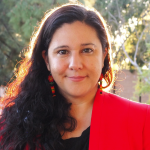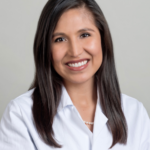A growing physician shortage in California has negative health impacts on marginalized communities, specifically Latinos. LPPI research highlights the severity of this physician crisis and puts forth recommendations for California to provide primary care physicians in its medically and linguistically underserved communities.
Overview:
California is experiencing an increasing shortage of primary care physicians, affecting about seven million Californians. The majority of California residents in areas with physician shortages are Latinos, African Americans, and Native Americans. As California’s population grows older and increasingly diverse, this shortage is expected to increase further. It could take up to five centuries to fully address the Latino physician shortage if present trends continue. This report explores strategies to address the physician shortage in California, such as: increasing physician admissions for Underrepresented Minority (URM) students, increasing Primary Care Residencies, and expanding International Medical Graduate Placements in the near-term.
Key Findings:
- In 2000, the overall supply of Latino physicians was projected to increase by approximately 30% by 2020, a growth projection that would be overshadowed by a projected 74% Latino population growth in California.
- Recent research from LPPI estimates the magnitude of California’s Latino physician shortage by projecting the number of years it would require to close the disparity gap between Latino and non-Latino White (NLW) physicians. This research suggests that, if present trends continue, it will take five centuries to fully address this disparity.
- The racial and ethnic composition of medical school graduates in California differs from the population demographics in the state, particularly among traditionally Underrepresented Minorities (URMs) in medicine. This disparity is likely to grow if action is not taken in the near-term to close this gap.
- Incentives, like improved compensation and loan repayment policies, should be considered to encourage primary care physicians to work in underserved areas of California.












